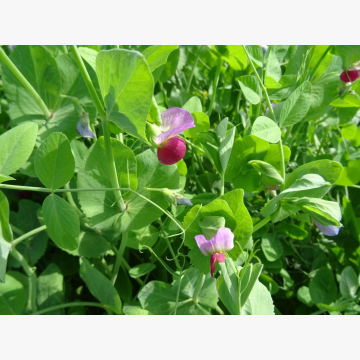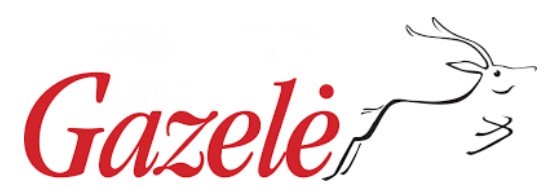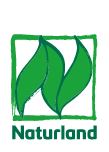- Home
- Seeds
- Fodder crops
- Fodder pea
- Fodder pea ARKTA (alternative)
Category: Fodder crops
FOR CONSULTATIONS APPLY TO:
Commercial director
Lina Smalskienė
tel. +370 618 02 551
e-mail linak@agrolitpa.lt
Sales manager
Tautvydas Kliučininkas
tel. +370 681 35 093
e-mail tautvydask@agrolitpa.lt
Sales manager
Eglė Petkevičienė
tel. +370 626 95 458
e-mail eglep@agrolitpa.lt
Sales manager
Kotryna Nakrošytė
tel.: +370 601 39 282
e-mail kotryna@agrolitpa.lt
Fodder pea ARKTA (alternative)
Pisum sativum L.
An early full-leaf winter (alternative) pea for early spring harvest
- Facultative variety
- Rapid spring development
- High yield of green and dry mass and proteins
- Long stems
- Good health
- Low thousand seeds weight = good seed economy
- Early spring harvest for qualitative fodder
- Good over winter survival
- Suitable for legume-grain mixtures as well as monoculture
- For sowing in autumn, but can also be sown in spring
- Seed yield potential – 2-3 t/ha
- Rapid spring growth
- High yield of green and dry matter and crude protein
- Stem – long (150-180 cm)
- Leafy
- Very resistant to lodging
- Excellent winter hardiness
- Flowers – red-purple, grains – coloured (brown-green)
- Pods – from the middle of stem
- 1000 grain weight – 100-140 g (small, it means lower sowing costs)
- Suitable for mixtures with cereals (winter rye or triticale (20-40 seeds/m² of pea and up to 200 seeds/m² of cereals) (75 kg/ha winter triticale and 75 kg/ha Arkta)
- Could be cultivated pure, supporting plants are not necessary
- Qualitative feed in early spring
- Very good forecrop
The varietal parameters may differ from those indicated here when the testing circumstances differ from quondam
Recommended sowing rate when growing for feed or green manure: 120-150 kg/ha, when growing in pure crop. When growing in mixture with cereals: 75–100 kg/ha of cereals + 75–100 kg/ha of winter pea ARKTA.
UAB „Agrolitpa“
Keravos sreet. 17, Kerava,
LT-38 131 Panevėžys district, LITHUANIA
Enterprise's code 168598128
VAT code LT685981219
Tel. +370 615 11 315
E. mail info@agrolitpa.lt
Keravos sreet. 17, Kerava,
LT-38 131 Panevėžys district, LITHUANIA
Enterprise's code 168598128
VAT code LT685981219
Tel. +370 615 11 315
E. mail info@agrolitpa.lt




.JPG)


